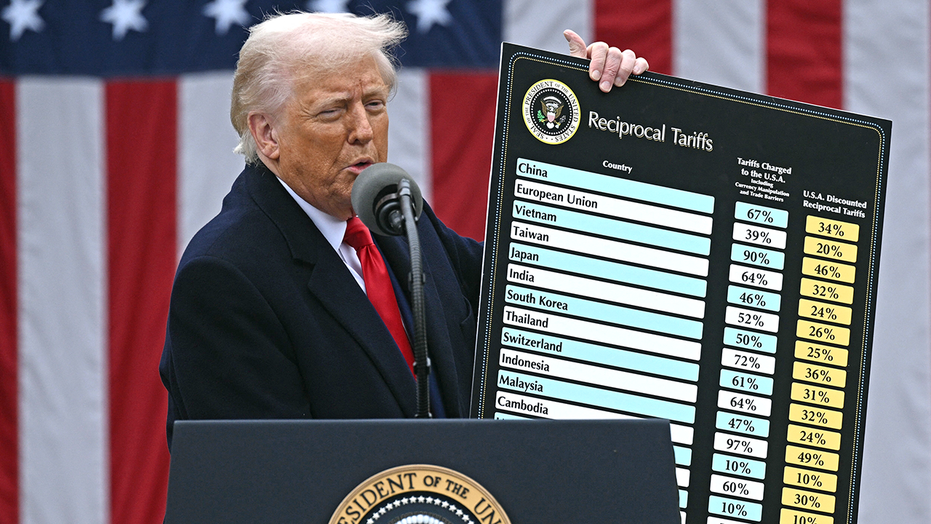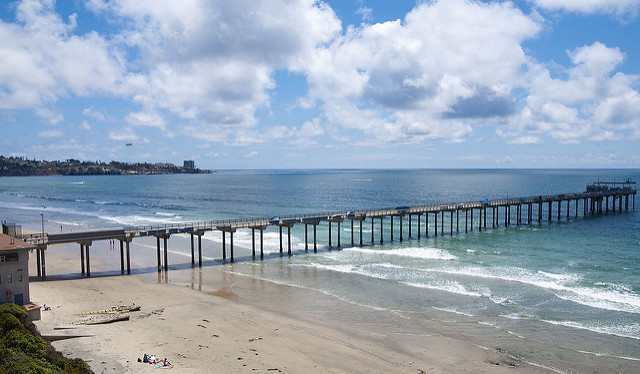Michelin Announces a New Guide to the American South
The Michelin mascot on stage at the 2023 Atlanta Michelin awards ceremony. | Ryan Fleisher/Eater Atlanta It will cover Alabama, Louisiana, Mississippi, North Carolina, South Carolina, and Tennessee, in addition to the existing guide in Atlanta The Michelin Guide continues its expansion across the United States. The organization — which publishes dining guides to cities, regions, and countries — has announced the launch of a Michelin Guide to the American South, which will cover Alabama, Louisiana, Mississippi, North Carolina, South Carolina, Tennessee, and will include the existing Michelin Guide to Atlanta. The move marks the Guide’s first regional selection since it debuted in North America in 2005, according to the press release. Michelin hasn’t announced when exactly the guide will be revealed, only that it will come “at a later date during the annual Michelin Guide ceremony for the American South.” The Michelin Guide, which is produced by the French tire company, was first published in 1900 and developed as a way to promote tire sales. It has since become one of the most coveted forms of recognition for fine-dining restaurants. Its highest honor is three stars, indicating “exceptional cuisine, worth a special journey!” (As of this writing, there are only 152 three-star restaurants in the world.) In recent years, Michelin has introduced a handful of new guides across the United States, announcing inaugural guides in Colorado and Atlanta in 2023 and in Texas in 2024. The guide has also increased its presence in Canada and Mexico. The guide’s new presence in the region is motivated by financial backing; the new regional guide is produced in partnership with Travel South USA, a multi-state collaboration that promotes tourism across the southern U.S. (This is why a city like Boston, for example, doesn’t have a Michelin Guide, despite having a large restaurant scene.) As a dining guide, Michelin is inherently limited, given its focus on primarily fine dining and destination restaurants. However, it has expanded its scope slightly. In 1997, it added on the Bib Gourmand, an award that recognizes “best value for money” restaurants, and in 2020, it announced the Green Star, an award that recognizes sustainability efforts. While receiving stars can put new pressure on restaurants, they can also represent the pinnacle of a chef’s aspirations, and the Michelin guide undeniably boosts business and acts as a form of validation. Plus, it’s high time that the South’s thriving culinary scenes, like those in Charleston and New Orleans, finally get the recognition they deserve.


It will cover Alabama, Louisiana, Mississippi, North Carolina, South Carolina, and Tennessee, in addition to the existing guide in Atlanta
The Michelin Guide continues its expansion across the United States. The organization — which publishes dining guides to cities, regions, and countries — has announced the launch of a Michelin Guide to the American South, which will cover Alabama, Louisiana, Mississippi, North Carolina, South Carolina, Tennessee, and will include the existing Michelin Guide to Atlanta. The move marks the Guide’s first regional selection since it debuted in North America in 2005, according to the press release. Michelin hasn’t announced when exactly the guide will be revealed, only that it will come “at a later date during the annual Michelin Guide ceremony for the American South.”
The Michelin Guide, which is produced by the French tire company, was first published in 1900 and developed as a way to promote tire sales. It has since become one of the most coveted forms of recognition for fine-dining restaurants. Its highest honor is three stars, indicating “exceptional cuisine, worth a special journey!” (As of this writing, there are only 152 three-star restaurants in the world.)
In recent years, Michelin has introduced a handful of new guides across the United States, announcing inaugural guides in Colorado and Atlanta in 2023 and in Texas in 2024. The guide has also increased its presence in Canada and Mexico.
The guide’s new presence in the region is motivated by financial backing; the new regional guide is produced in partnership with Travel South USA, a multi-state collaboration that promotes tourism across the southern U.S. (This is why a city like Boston, for example, doesn’t have a Michelin Guide, despite having a large restaurant scene.)
As a dining guide, Michelin is inherently limited, given its focus on primarily fine dining and destination restaurants. However, it has expanded its scope slightly. In 1997, it added on the Bib Gourmand, an award that recognizes “best value for money” restaurants, and in 2020, it announced the Green Star, an award that recognizes sustainability efforts.
While receiving stars can put new pressure on restaurants, they can also represent the pinnacle of a chef’s aspirations, and the Michelin guide undeniably boosts business and acts as a form of validation. Plus, it’s high time that the South’s thriving culinary scenes, like those in Charleston and New Orleans, finally get the recognition they deserve.





















_Hanna_Kuprevich_Alamy.jpg?#)





















































